Lawn Ruts Repair and Restoration
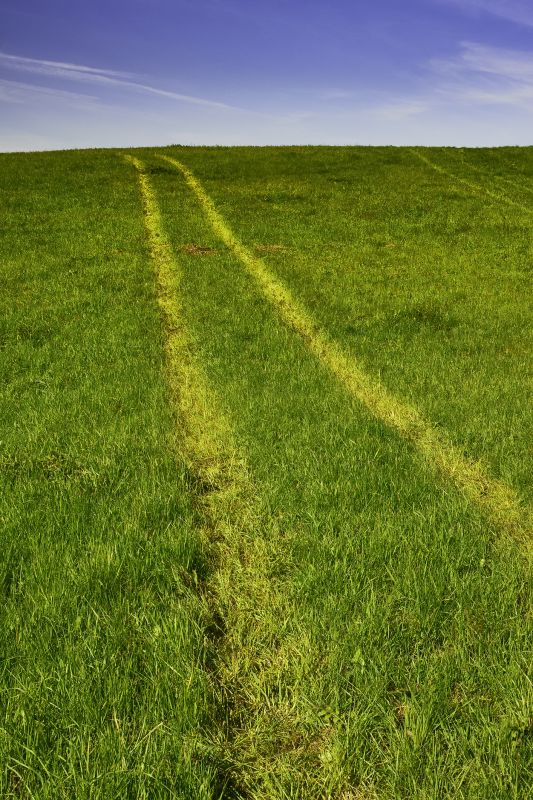
Spring is ideal for repairing lawn ruts as the ground warms and dries, allowing for effective leveling and soil preparation.
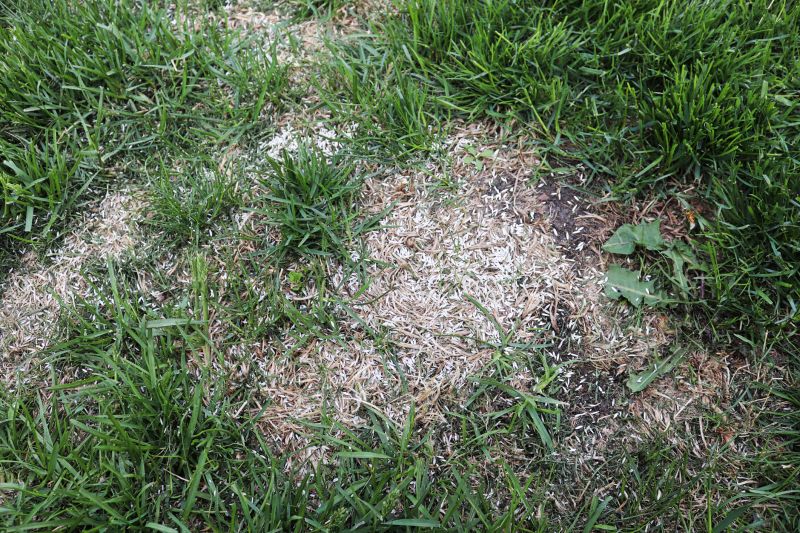
Late summer and early fall provide suitable conditions for repairs before winter, ensuring a smooth lawn for the next growing season.
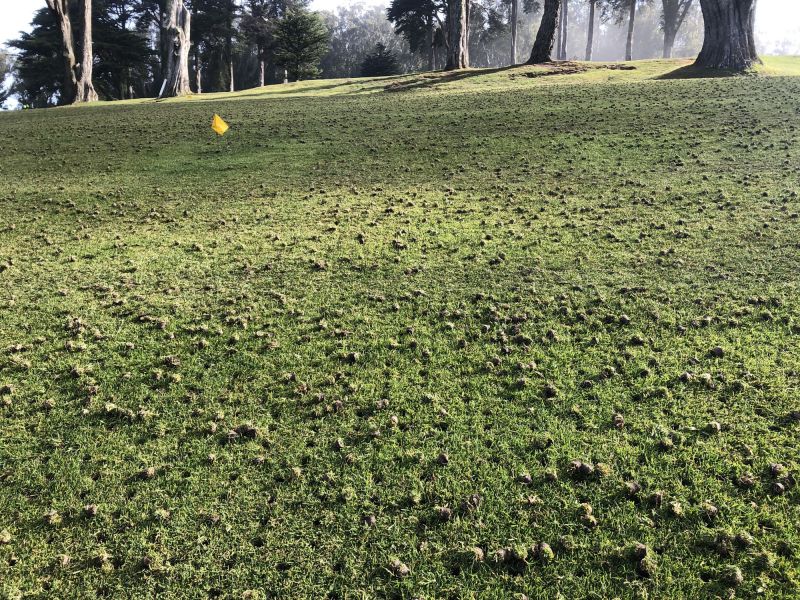
Winter is generally unsuitable for lawn ruts repairs due to frozen ground and low temperatures, which hinder soil work and seed establishment.
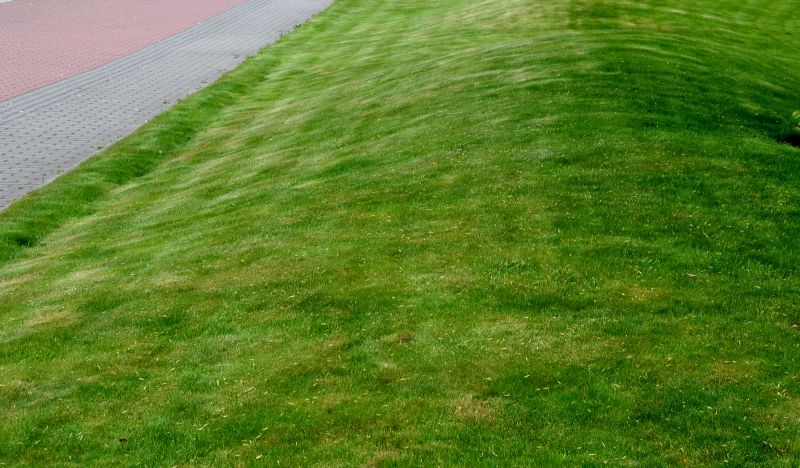
Ways to make Lawn Ruts Repairs work in tight or awkward layouts.
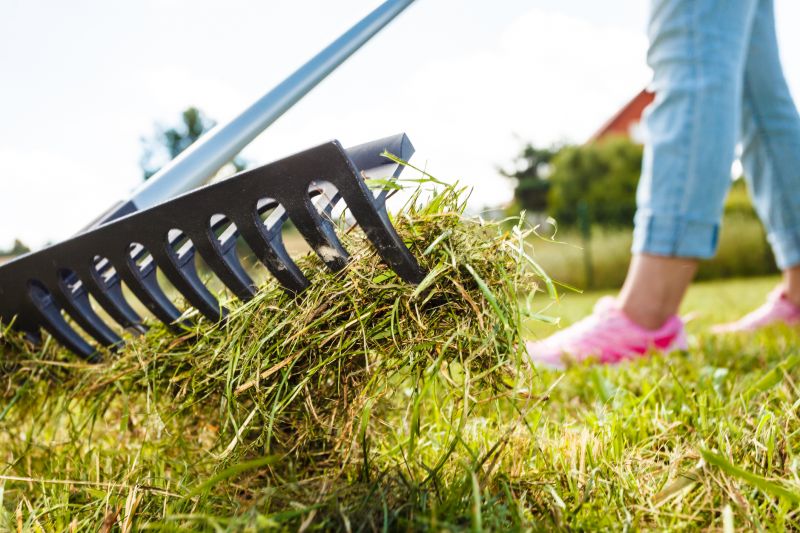
Popular materials for Lawn Ruts Repairs and why they hold up over time.
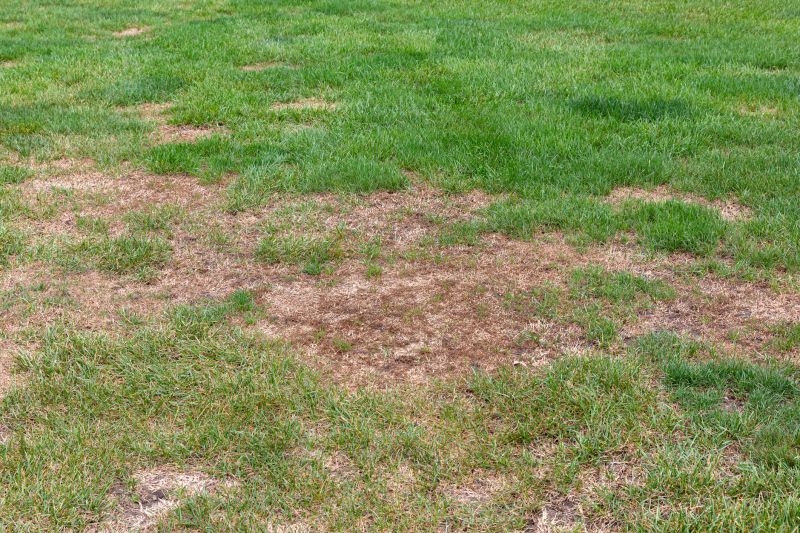
Simple add-ons that improve Lawn Ruts Repairs without blowing the budget.
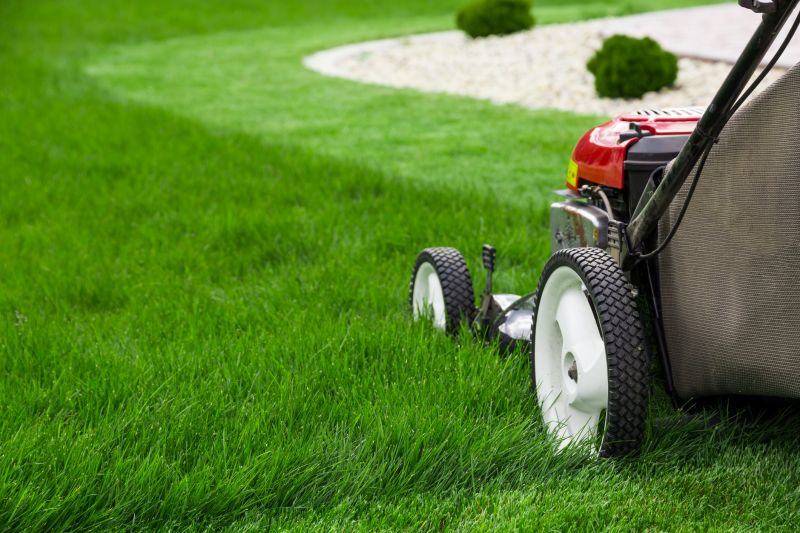
High-end options that actually feel worth it for Lawn Ruts Repairs.
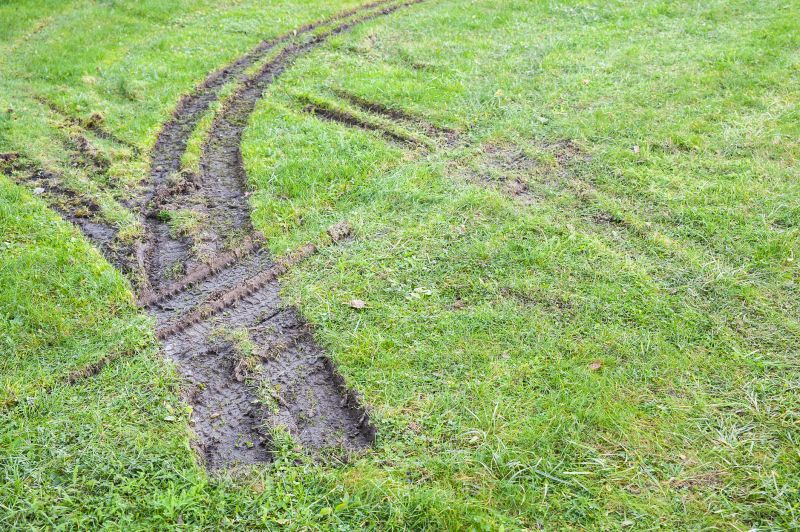
Finishes and colors that play nicely with Lawn Ruts Repairs.
Lawn ruts are depressions or grooves in the soil caused by heavy machinery, frequent foot traffic, or poorly managed landscaping activities. These ruts can compromise the aesthetic appeal of a lawn and lead to uneven water drainage, promoting weed growth and turf damage. Addressing lawn ruts promptly helps restore the lawn's health and appearance. Proper repair involves soil leveling, compaction, and reseeding or sodding to ensure a uniform surface. Statistics indicate that timely repairs can reduce lawn recovery time by up to 50%, minimizing long-term damage and maintenance costs.
The best time to undertake lawn ruts repairs depends largely on seasonal weather patterns. Performing repairs during periods of optimal soil moisture and temperature promotes better soil integration and seed germination. Spring and early fall conditions typically offer the ideal environment for effective repairs, as soil is neither too wet nor too dry. Additionally, repairing ruts before the peak growing season ensures the turf can establish quickly, resulting in a healthier, more resilient lawn.
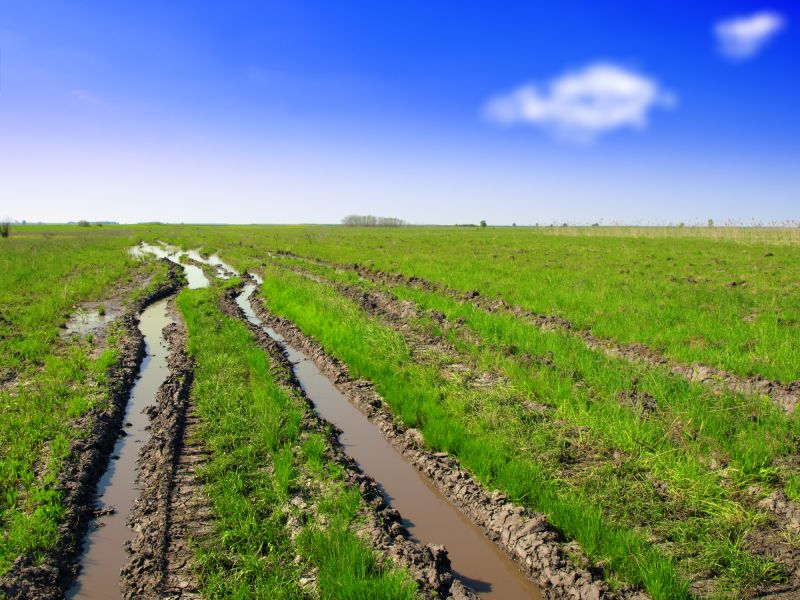
The process involves soil leveling, grading, and reseeding or sodding to restore a smooth lawn surface.

Proper soil preparation enhances seed-to-soil contact and promotes healthy turf growth.
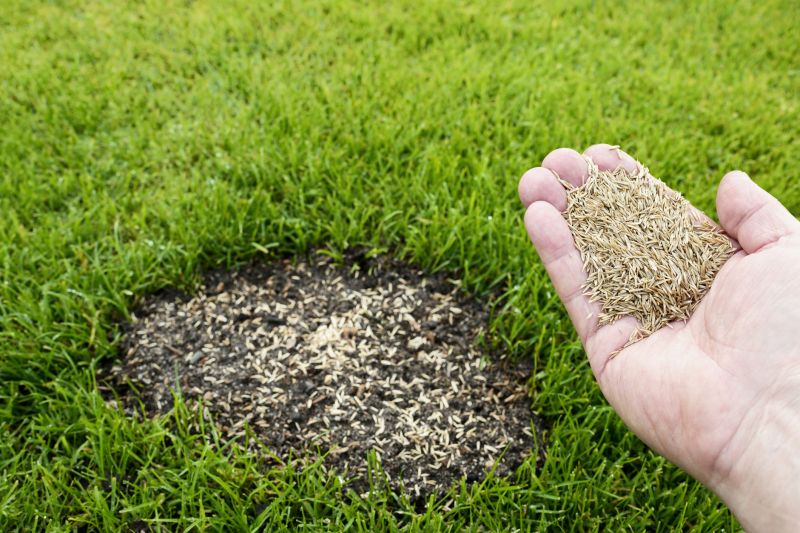
Choosing the right season ensures optimal conditions for repair success and lawn recovery.
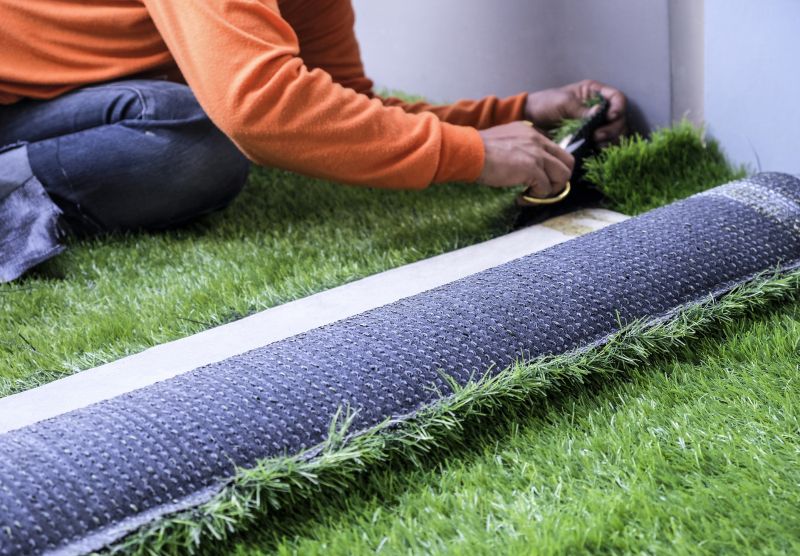
Watering and fertilizing after repairs support turf establishment and prevent future ruts.
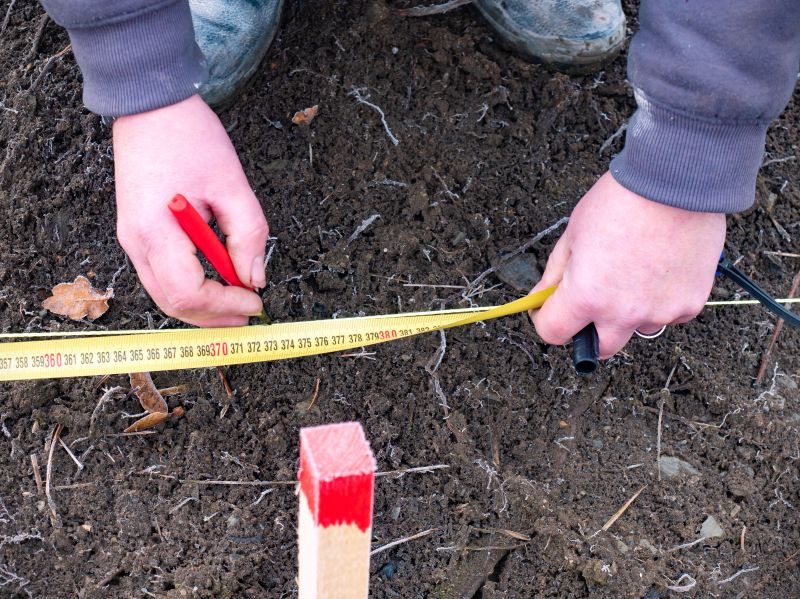
Little measurements that prevent headaches on Lawn Ruts Repairs day.
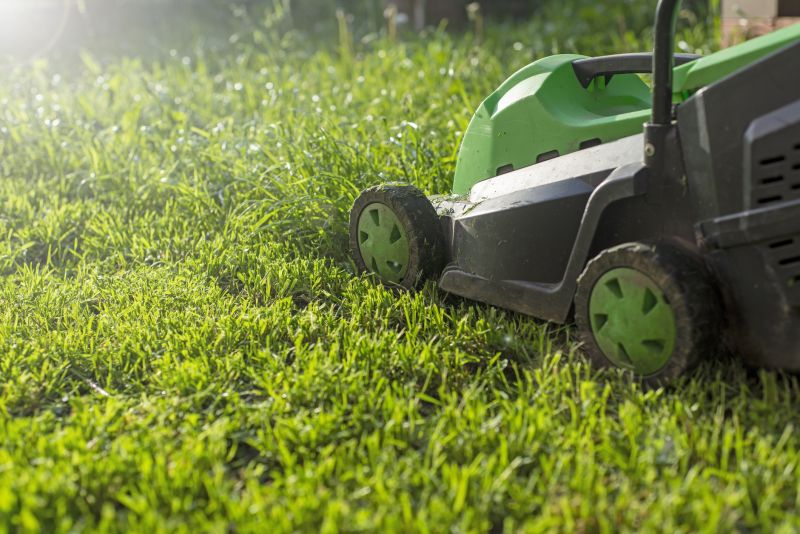
A 60-second routine that keeps Lawn Ruts Repairs looking new.

A frequent mistake in Lawn Ruts Repairs and how to dodge it.

Small tweaks to make Lawn Ruts Repairs safer and easier to use.
| Season | Optimal Conditions |
|---|---|
| Spring | Warm soil, moderate moisture, ideal for seed germination |
| Late Summer | Warm temperatures, dry soil, good for soil leveling |
| Early Fall | Cooler temperatures, moist soil, suitable for reseeding |
| Winter | Frozen ground, unsuitable for repairs |
| Mid-Summer | High temperatures and dry conditions can hinder repair efforts |
Additional images illustrating the lawn ruts repair process show soil grading, seed application, and completed smooth lawns. Proper timing combined with correct repair techniques ensures the lawn's health and appearance are maintained. Filling out the contact form can provide further guidance on scheduling repairs and assessing specific lawn conditions.
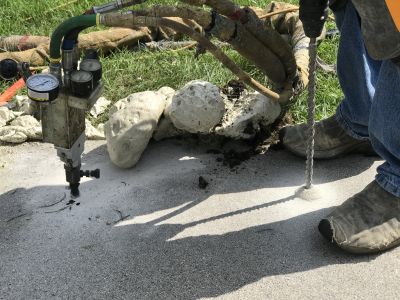
Specialized tools used to smooth out ruts and create an even surface.
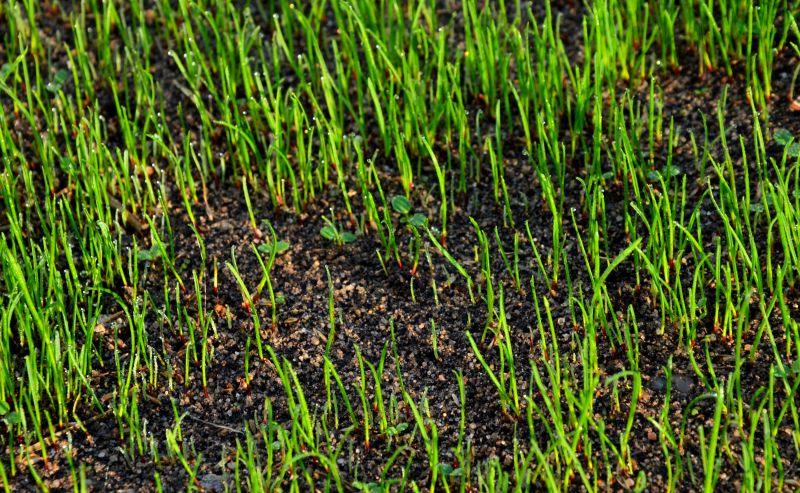
Choosing the right grass type and application method for quick recovery.

A uniform, healthy lawn surface free of ruts and depressions.
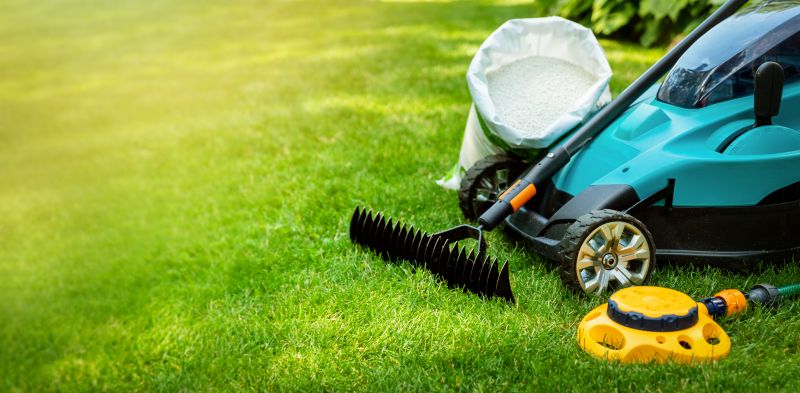
Images demonstrating optimal repair periods for best results.
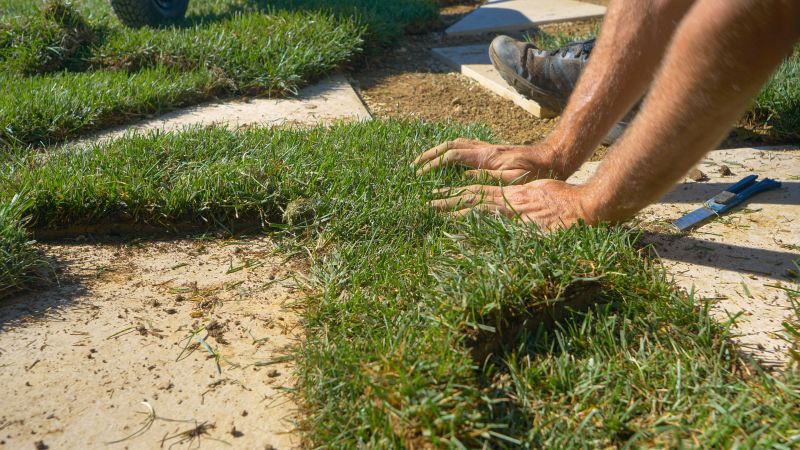
Lower-waste or water-saving choices for Lawn Ruts Repairs.
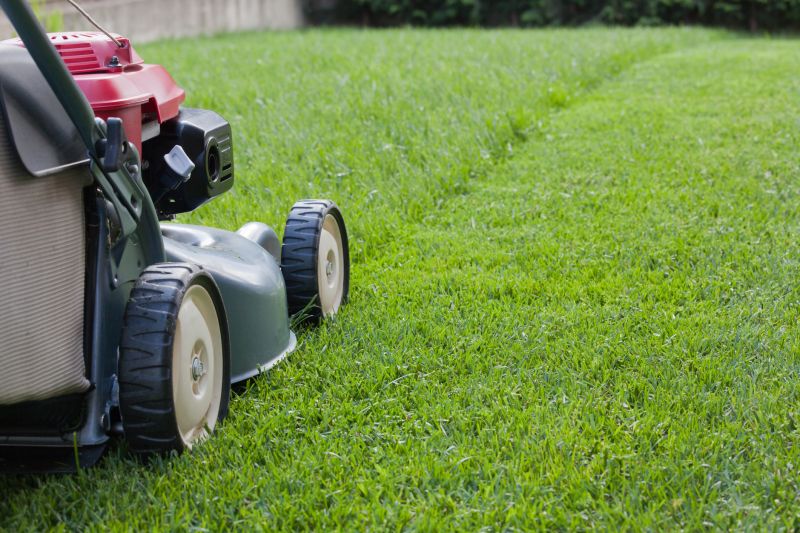
The short, realistic tool list for quality Lawn Ruts Repairs.
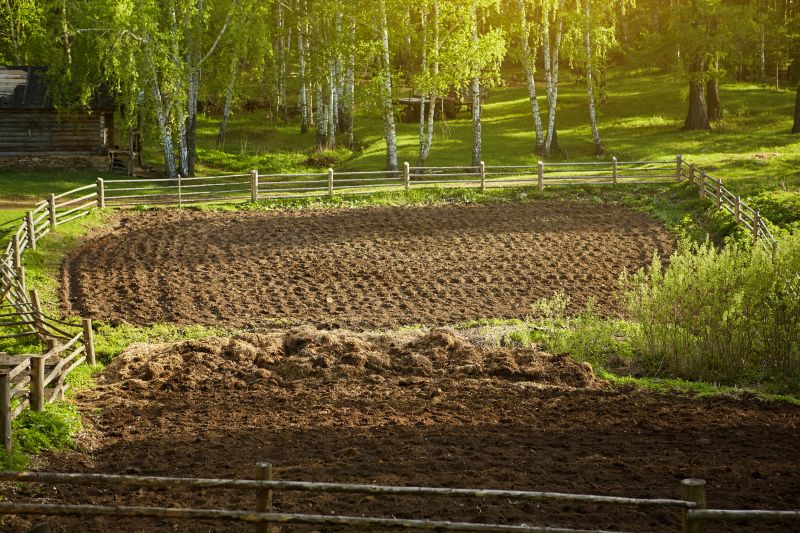
Rough timing from prep to clean-up for Lawn Ruts Repairs.
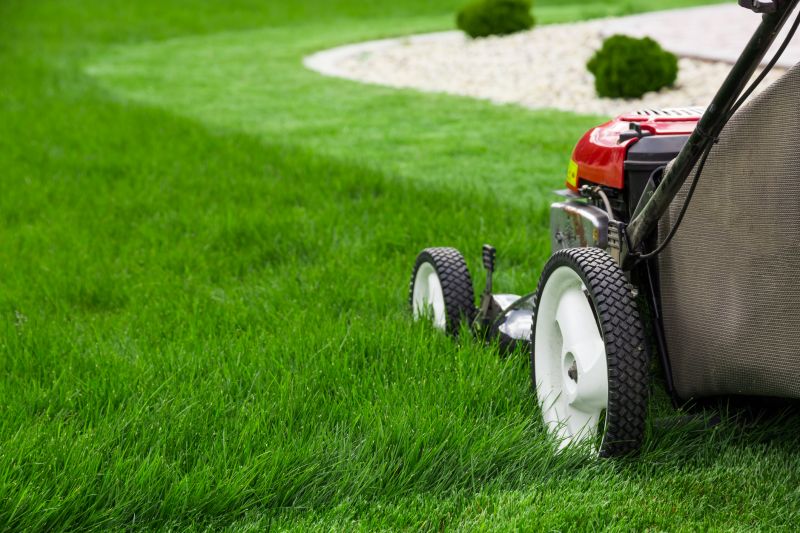
Quick checks and paperwork to keep after Lawn Ruts Repairs.
Examples that show the impact a good Lawn Ruts Repairs can make.
Ways to make Lawn Ruts Repairs work in tight or awkward layouts.
Ways to make Lawn Ruts Repairs work in tight or awkward layouts.



